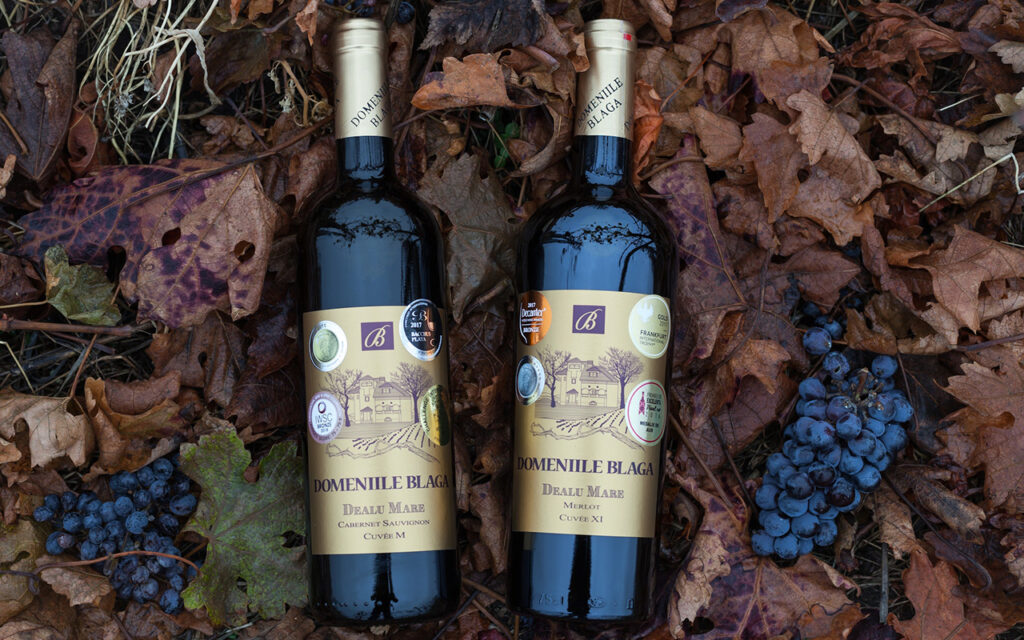
Wine is a kind of wine made from grapes. There are many people who like wine, and its market demand is relatively large. For wine manufacturers, improving the quality of wine is a very important part of increasing the sales of wine. But in addition to simply improving quality, wine labels are also an essential part of the wine production process. The material of the self-adhesive label has a great influence on the overall effect of the self-adhesive label.
So what are the common raw materials and production processes for wine labels? This article will start from these two aspects to provide you with inspiration for making and choosing wine labels.
What is a wine label?

Wine label is an identification on a wine package. It provides consumers with almost all necessary information about wine, usually including wine name, grade, origin, variety, year, origin identification, grape variety, sweetness, alcohol content, brewing time, brewing date and other information. It can be used to help consumers understand the quality and information of wines, so that they can choose the right wines.
Wine label is an important information carrier of wine, and the design and printing process of wine label play a pivotal role in showing the grade of wine. As an important branch of the label field, wine labels have their own unique features. Whether it is a bold attempt in materials or an innovative design in craftsmanship, it all reflects the determination to create high-end wine influence.
What materials are wine labels made of?

From the perspective of material application, the commonly used materials for wine labels are divided into: paper self-adhesive labels, metal self-adhesive labels, transparent material self-adhesive labels, и т.н. At present, the common wine labels on the market are mainly paper self-adhesive labels. Moreover, most of the label materials are wine-specific materials. The characteristics are mainly reflected in two aspects: moisture-proof and ice-resistant buckets. The aesthetics are mainly reflected in the paper color, texture, and visual sense. The following are six common label materials.
1. Coated paper
Coated paper is one of the most commonly used wine label papers for wine labels. Coated paper wine labels have the characteristics of smooth and delicate surface, high whiteness, strong ink absorption ability and low price. Its printing color reproduction is relatively high, and it is a very cost-effective choice. Coated paper is generally divided into matt coated paper and glossy coated paper, and the difference between the two is mainly in terms of gloss.
2. White art paper
This is an art paper with fine dot texture on the surface, which belongs to specialty paper. Compared with coated paper, the degree of printing color reproduction will be worse, but it has a stronger texture. It has higher requirements for the texture bronzing process. Освен това, the texture of white cotton paper is very similar to that of white art paper, but during printing, due to the high water absorption of white cotton paper, the printing color will be darker than that of white art paper, so we need to pay attention when choosing white cotton paper.
3. Gold and silver platinum paper
Gold silver platinum paper is one of the commonly used materials for wine self-adhesive labels. It has a golden or silver sheen and is often used on relatively high-end products. The price will be relatively more expensive.
4. Pearl paper
Pearl paper is sometimes used when making wine labels. The surface of pearlescent paper itself is glossy, and the physical presentation will give people a rich and bright visual sense, and it is mostly used in ice wine products. The colors in the pearlescent paper include beige pearlescent and ice white pearlescent, и т.н. Of course, there are also different textures. The cost of pearlescent paper is relatively high.
5. Conqueror paper
Conqueror paper is a special kind of paper with a thin strip texture. The paper is relatively thick and is widely used in business cards. The beige conqueror paper used in wine labels is also common. We will see that many French wines of the old century are made of just ancient paper, and this material itself will give people a sense of antiquity.
6.PVC paper
PVC label paper has been used by most wine merchants in the past two years. The physical effect of wine labels is very close to the effect of metal labels, but the price is much lower than that of metal materials.
Common craftsmanship for wine labels

Commonly used printing processes for wine labels include offset printing, flexo printing, digital printing, и т.н. Wine labels have the characteristics of many varieties, small quantity, and poor paper flatness. Следователно, in the selection of printing process, most wine labels adopt the offset printing process with the advantages of fast plate change, high pressure, and high color reproduction. In recent years, with the continuous development of digital printing, it has gradually been applied to the production process of wine labels.
In order to highlight the grade of wine, the post-press finishing process of wine labels is more widely used, including bronzing, screen, embossing, die-cutting, slitting and other processes.
1. Bronzing is an indispensable process on wine labels. Bronzing is divided into hot stamping and cold stamping, and hot stamping is now used more. The hot stamping effects mainly include flat ironing, embossing ironing, and texture ironing, mainly to increase the gloss, three-dimensional effect and metallic feeling of the label.
2. The screen mainly includes the use of embossed oil, frosted oil, luminous oil, and spot color ink, which can increase the layering, raised and frosted sense of the label. Special inks can exhibit their luminous, temperature sensing and other effect properties.
3. The embossing process can produce a relief effect to make the label more beautiful, the theme more distinct, and the touch more rich.
4. Die-cutting is mainly to die-cut labels suitable for labeling according to the bottle type and design. The special-shaped die-cutting process can increase the decoration and beauty of the label.
Contents of a wine label

Wine labels cover almost all information about wine, mainly including the following:
1. The name, grade, place of origin, variety, year, label of the place of origin, grape variety, brewing time, and brewing date of the wine.
2. The origin of the wine, the name of the vineyard, and the time and date the wine was made.
3. The quality, aroma, taste and color of wine.
4. Wine packaging, transportation, storage information, and wine label warranty information;
5. Wine sales channels, prices, product categories, packaging and other information.
To sum up, there are many types of materials and processing techniques for wine label materials. You can customize a suitable label according to your wine type and brand style.



